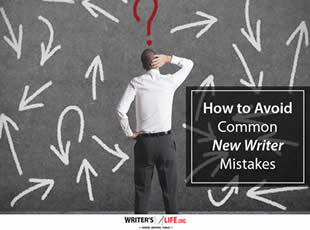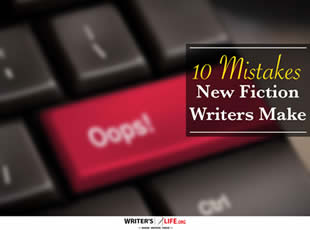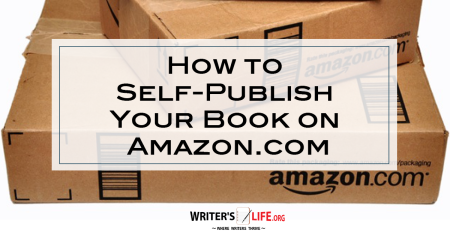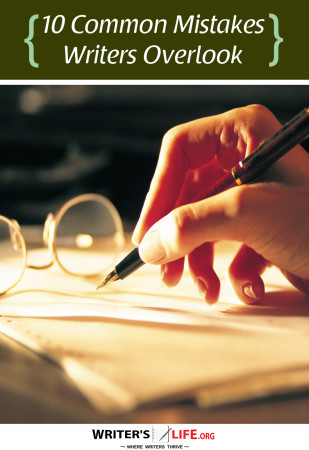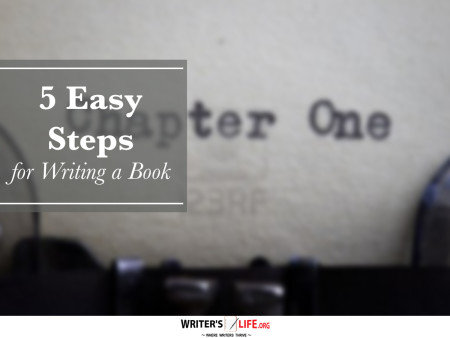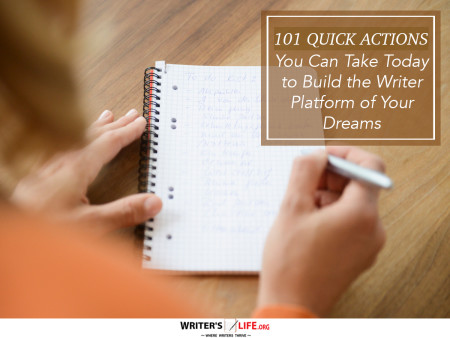- How To Tackle Jealousy In Creative Writing
- Common Submission Mistakes
- How To Stop Your Blog Becoming Boring
- The One Thing Every Successful Writer Has In Common
- How To Make Yourself Aware Of Publishing Scams
- Why Almost ALL Writers Make These Grammar Mistakes At Some Point
- 5 Tips For Authors On How To Deal With Rejection
- Top Mistakes to Avoid When Writing a Novel
- How to Avoid Common New Writer Mistakes
- 10 Mistakes New Fiction Writers Make
Book Trim Size – 5 Essential Decisions for Success

Choosing the right book trim size is one of the essential decisions that can influence the success of your self-published masterpiece. Picture this: you've poured countless hours—maybe even years—into crafting your story, and now it's time to put it on paper. But wait, how do you know which trim size will best showcase your hard work? When you're faced with this crucial choice, it's easy to feel like you're picking the size of the spotlight that will shine on your book. So, how do you choose the right trim size to make your book look its best?
Understanding the Role of Book Trim Size
Book trim size may not keep you up at night (or maybe it does?), but it plays a crucial role in your book's presentation and readability. The standard dimensions for a book go beyond just aesthetics; they influence page count, spine width, and even printing costs. According to Wikipedia, the trim size is the final size of the pages after they've been cut to the desired dimensions. Choosing a trim size is a bit like shopping for clothes—you want something that fits well, feels right, and complements the style you're going for.
Your Genre is Your Guide
Have you ever noticed that thrillers and romance novels typically have different sizes? That's no accident. Genre conventions offer strong hints about ideal book trim sizes. Generally, fiction books like romance, thrillers, and general fiction prefer a typical trim size of 5” x 8” or 6” x 9”. For non-fiction, larger sizes such as 6” x 9” or even 8.5” x 11” might serve better, especially when visual elements are essential.
Choosing the right size can affect how potential readers perceive your book. Imagine picking up a massive novel that feels more like a textbook—unless that's your genre, you might want to reconsider. The goal is to ensure your book looks like it belongs among its peers on bookstore shelves.
Experimenting with Layout and Design
Before you hit 'upload' on your print-on-demand platform, think about how your book's layout will look in different trim sizes. Just because technically it fits doesn't mean it reads well. Page geometry can affect reading comfort. If you're like me, you've spent evenings with scraps of paper folded to different sizes trying to visualize your final product. And as silly as it might feel, it’s a useful exercise.
The number of words per page also varies by trim size, influencing both the length and potential cost of printing. A slightly larger size might cut down on the total pages, subtly impacting readability and production costs.
Weighing the Cost Factors
Let’s talk cold, hard cash. The trim size directly influences printing cost. A bigger book often means higher production costs, and that can add up especially if you’re planning a large print run. Want to keep your book cost-effective? Considering a standard size could be your budget-friendly ally. While going bigger or more unique might make your book stand out, the increased cost may affect your bottom line.
If you’re balancing a budget, look at how alternate sizes might provide savings. Often, more standard sizes fall into lower pricing brackets for many printers, both on-demand and traditional.
Seek Reader Feedback and Insights
Your readers can offer invaluable insights. Before finalizing your choice, think about involving a trusted group of readers, asking how they feel about the size of existing books in your library. Often the response will illuminate preferences you might not have considered.
When working on my first book, I made prototypes of a couple of trim sizes and asked for opinions. The feedback I got helped me not just pick a trim size, but understand better the balance of aesthetics and practicality. Trust your reader’s experience; after all, they’ll be the one holding your book.
Remember, book marketing is just as essential as getting your trim size right. Want to promote your book after it's published? Check out our Book Marketing Articles.
Frequently Asked Questions About Book Trim Size
Q: What is the most common book trim size?
A: The most popular sizes are 5” x 8” and 6” x 9” for fiction, while non-fiction often opts for larger dimensions like 6” x 9” or 8.5” x 11”.
Q: Does book trim size affect cost?
A: Yes, larger or custom sizes can increase production costs, potentially affecting your profit margins.
Q: Should genre influence my book’s trim size?
A: Absolutely. Genre conventions offer guidance on trim sizes that suit reader expectations and aesthetic consistency.
If you're serious about growing your author career, don't miss out on these free tools and templates built specifically for writers. Access all 7 free resources here.



















